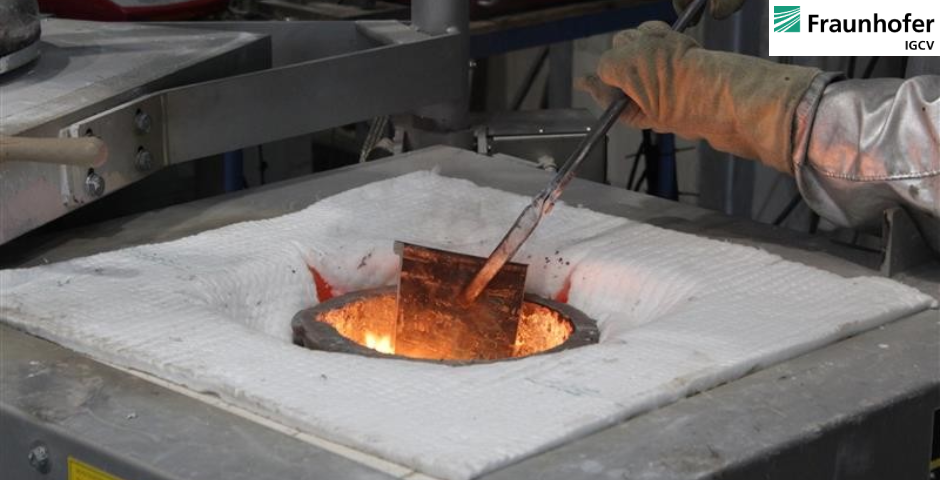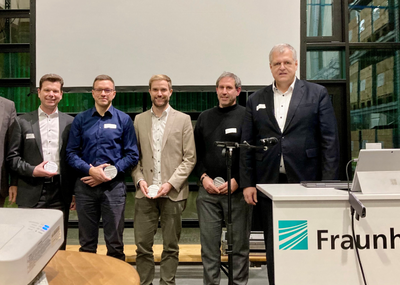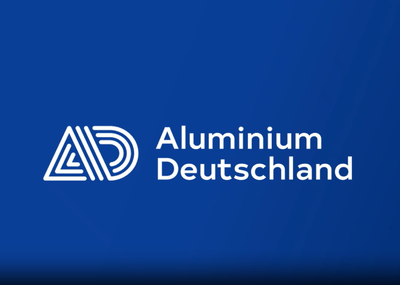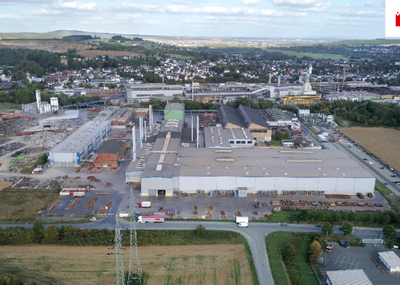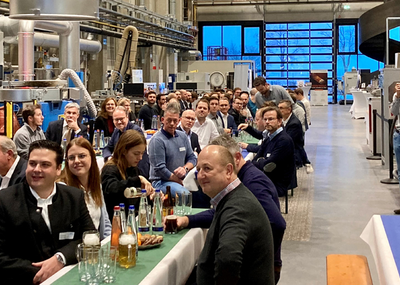The automotive industry has undergone fundamental changes in recent decades. While steel rims were the standard for a long time, lighter, corrosion-resistant aluminum became the norm in the 1990s. However, the material does not only offer advantages – its energy-intensive production and high CO₂ emissions in particular raise questions about its sustainability. Compared to raw steel, primary aluminum production causes around ten times more emissions.
This is precisely where the German government-funded project “SUPA-Wheel” (Sustainable Production of Aluminium Wheels) of the Fraunhofer Institute for Casting, Composite and Processing Technology IGCV comes in. The goal is to increase the proportion of recycled aluminum in wheel production to at least 30 percent.
Closed cycles instead of waste
“Together with our project partners, we want to significantly reduce environmental pollution while conserving resources,” says Robert Kleinhans, who works on innovative casting processes and materials at Fraunhofer IGCV in Garching. “To this end, we are investigating how recycled aluminum can be used more efficiently.”
The researchers are guided by the cradle-to-cradle principle—a design and production concept that aims to avoid waste and reuse raw materials as completely as possible. Old rims are not to be disposed of, but returned directly to the production cycle.
Quality in recycling is the crux of the matter
However, recycled aluminum poses challenges. “Contaminants can impair the strength and durability of the rims – an absolute no-go for safety-relevant components,” says Kleinhans. A precise analysis of the interactions between the elements in the alloy is therefore crucial in order to meet the high quality standards of the automotive industry.
To this end, the researchers are developing a matrix of different aluminum alloys with varying elemental compositions. This allows the relationships between composition and material properties to be systematically recorded. “It's like a cake recipe: more copper makes the alloy stronger, but also increases the risk of corrosion. In the end, all the ‘ingredients’ have to be perfectly balanced.” The team has already applied for a patent for this methodology.
Sustainable – and economically attractive
Secondary aluminum scores not only ecologically but also economically: its production requires only around seven percent of the energy needed for primary aluminum. This reduces costs and helps car manufacturers meet stricter CO₂ reduction targets.
Kleinhans sees a clear need for action in the long term: “Investment in modern sorting and recycling technologies is needed to ensure the purity and quality of secondary aluminum. This is the only way to sustainably increase the market share of recycled material.”
Source: Fraunhofer IGCV

